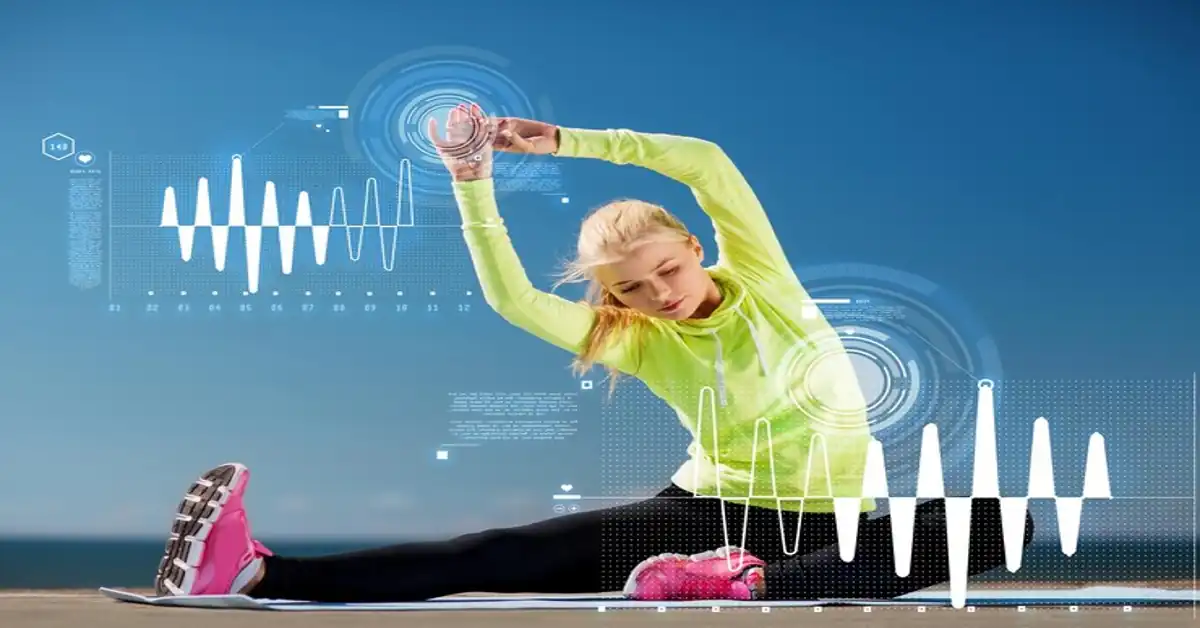Introduction
The fusion of data science and sports performance is accelerating—and one of the most intriguing innovations is sports harmonicode. Whether you’re a coach, athlete, or sports enthusiast, understanding how harmonic patterns can influence peak performance may revolutionize your perspective on athletic training and biomechanics.
In this article, we’ll break down what sports harmonicode is, how it functions, its real-world applications, and the future potential it holds for the sports industry.
What Is Sports Harmonicode?
Sports harmonicode is a conceptual framework that identifies and analyzes rhythmic and harmonic patterns in athletic movements. By decoding the natural frequencies and flow of human motion, this model seeks to optimize performance, reduce injuries, and improve coordination across various sports.
Origins and Theoretical Foundation
Sports harmonicode draws from a combination of disciplines:
- Physics (harmonics, wave patterns)
- Biomechanics (movement science)
- Neuroscience (motor coordination and feedback loops)
- Data Analytics (pattern recognition and machine learning)
The concept is similar to harmonic codes used in music theory, where specific frequencies create coherent sounds. In the same way, efficient athletic motion tends to follow specific harmonic patterns.
How Sports Harmonicode Works
The idea is to map athletic movements as waveforms and identify deviations or inefficiencies in rhythm. This is typically done using:
- Motion Capture Technology: Sensors or cameras record movement data.
- Software Algorithms: The motion data is converted into waveforms.
- Pattern Analysis: The system compares patterns to ideal harmonic movement profiles.
Athletes can then adjust their training to align with their sport’s optimal harmonic profile.
Applications in Real-World Sports
The sports harmonicode model has seen experimental and practical use in multiple disciplines:
In Track and Field:
- Optimizing stride frequency and foot placement.
- Reducing overexertion by identifying energy-draining movement spikes.
In Swimming:
- Synchronizing breathing and stroke rhythm.
- Enhancing turn and glide efficiencies.
In Tennis:
- Timing of footwork and swing transitions.
- Improving balance and pre-shot routines.
In Team Sports:
- Coordinating player movement with team rhythm.
- Enhancing collective flow in plays or formations.
Benefits of Using Harmonicode in Athletic Training
- Injury Prevention: Identifies inefficient motion that leads to strain.
- Performance Boost: Helps athletes move more fluidly and economically.
- Custom Training Plans: Allows coaches to tailor regimens to natural rhythms.
- Mental Focus: Promotes better motor learning through rhythmic awareness.
Challenges and Limitations
Despite its potential, there are some caveats:
- High Cost: Motion tracking systems and analysis software are expensive.
- Complex Interpretation: Not all coaches or athletes are trained in data analytics.
- Limited Research: As a relatively new model, more peer-reviewed studies are needed.
Case Studies and Research Highlights
A pilot study by a sports tech firm in 2023 found that elite sprinters who adjusted their training to align with their harmonic profile saw a 3.2% improvement in sprint times over six weeks.
Another study in a European football club revealed that harmonic pattern monitoring reduced hamstring injuries by 28% in a single season.
Future of Sports Harmonicode
With the rise of wearable tech and AI, sports harmonicode may soon become a staple in athletic training. Imagine smart shoes that alert you when your gait is off-rhythm or AI trainers that suggest exercises in real-time based on your motion harmony.
The integration of AR/VR in harmonic feedback loops could also revolutionize how athletes visualize and internalize their biomechanics.
Conclusion
The sports harmonicode model is a groundbreaking concept that bridges science, rhythm, and athleticism. As technology evolves, its adoption may expand, offering deeper insights into human performance.
FAQ
What is sports harmonicode?
A method of analyzing and improving athletic motion by studying the harmonic and rhythmic patterns of movement.
Who can benefit from using harmonicode?
Athletes, coaches, physiotherapists, and sports scientists.
Is it backed by science?
Yes, it draws from physics, biomechanics, and neuroscience, although it’s still emerging in mainstream sports science.
How is data collected?
Using motion capture, wearable sensors, and analytical software.
Can harmonicode prevent injuries?
It can reduce risk by identifying and correcting inefficient or strain-inducing movements.









